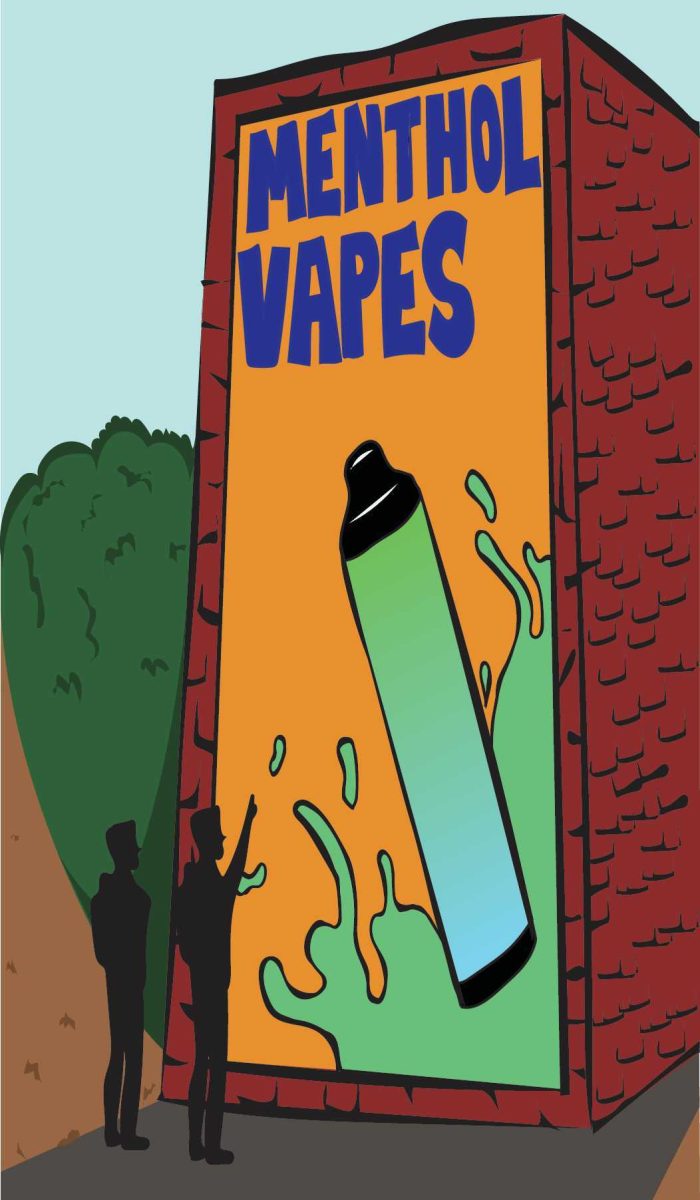To some, Washington is a city of extravagance housing a thirst for political influence. However, to many young women, it is a marble wasteland built from their worst nightmares. Sadly, what divides these two groups is, in many cases, race.
In March, an image on Twitter claiming in the span of 24 hours fourteen young black girls had gone missing in the nation’s capital went viral with help from retweets by concerned celebrities like Ludacris and Viola Davis.
What was already a complicated and devastating story became more difficult when police reported the claim as false; however, it remains true ten children of color went missing in D.C. in the span of two weeks with very little media outcry, and according to a Huffington Post analysis of press releases and tweets, at least 37 juveniles missing since January have not been located—all black or Latino.
According to D.C. police, the number of missing children has actually declined from years prior and credit their new social media strategy for the appearance of an increase. Earlier this year the new police commander decided to share every critical case on social media rather than picking only some missing persons cases to widely publicize. They believe there is little to no evidence of kidnappings or human trafficking, and 95 percent of this year’s cases have been closed.
Regardless of the exact numbers of missing children, there is a conversation to be had about the way stereotypes and grand narratives about race affect the way both media and police handle missing persons cases.
One reason behind the lack of initial attention garnered by these disappearances lies in the technicalities of Amber Alerts, which are only sent out when a child has been abducted.
Most missing girls of color are dismissed by the police as runaways.
The assumption a child of color is simply running away either from conflict in their home life or because of pure rebellion is incredibly problematic, and serves as a form of victim blaming.
Even more problematic is the fact many young girls are really running away from abuse and trauma, and yet are treated with less concern and compassion than those who have been kidnapped.
Not only is this an issue about finding children who are already missing, but about transforming this society into one that does not tolerate and normalize cycles of abuse. The implementation of stereotypes makes it easier for people to brush off violence as a natural part of different cultures. In reality, abuse exists in nearly every neighborhood in America, regardless of race.
In fact, what makes communities more vulnerable to the dangers of institutional abuse and human trafficking is often class, and thanks to hundreds of years of abuse bestowed upon entire races, there is an obvious connection between the two. In any case, these communities are ultimately victims of conditions forced upon them to make them vulnerable. To blame those communities for the disappearances of their children rather than bringing attention to the missing child is asinine.
Communities of color face more institutional abuse than my personal privilege could possibly allow me to imagine, and the least we could do as a country that hopefully cares about children is to take their concerns seriously. Not only do we have to find these missing girls, but we have to ensure their safety from here on out. No human being should live in the shadows of abuse.
– May Olvera is a journalism junior
Missing DC girls are victims being treated as runaways
April 11, 2017
Donate to The University Star
Your donation will support the student journalists of Texas State University. Your contribution will allow us to purchase equipment and cover our annual website hosting costs.


















